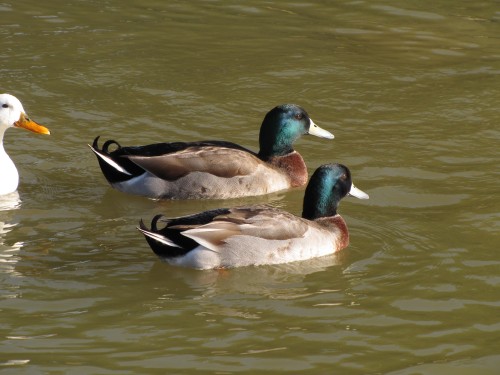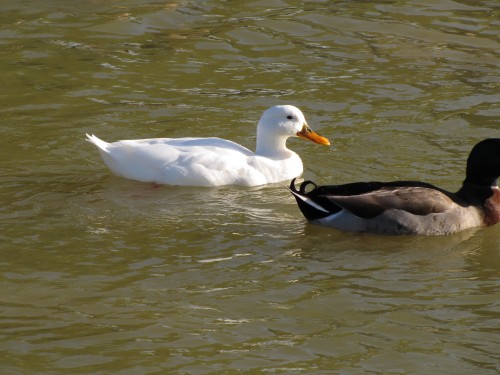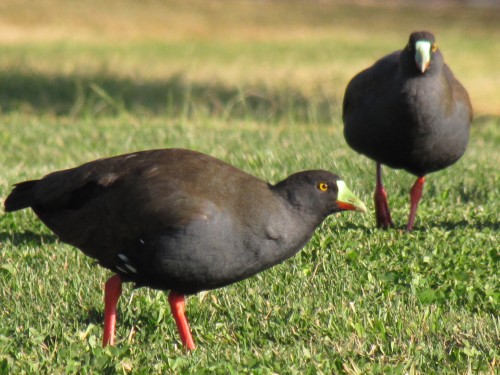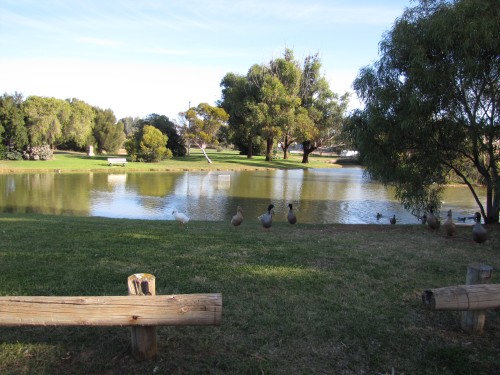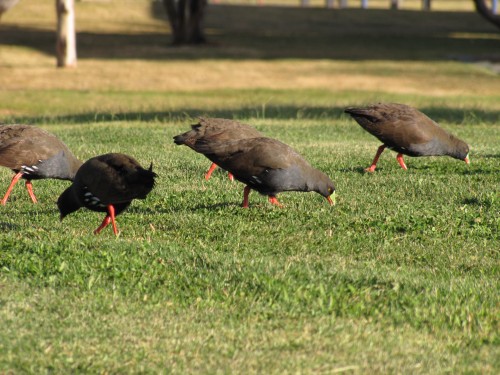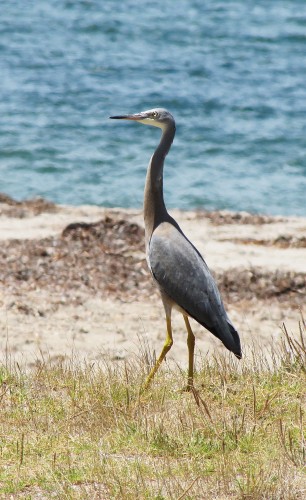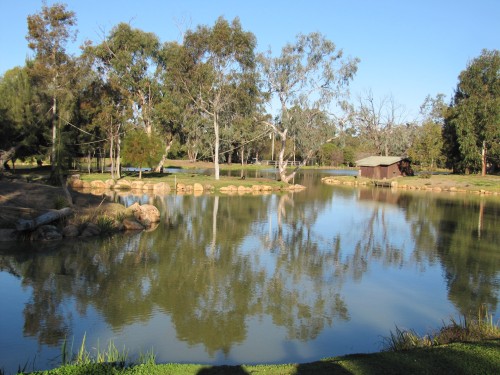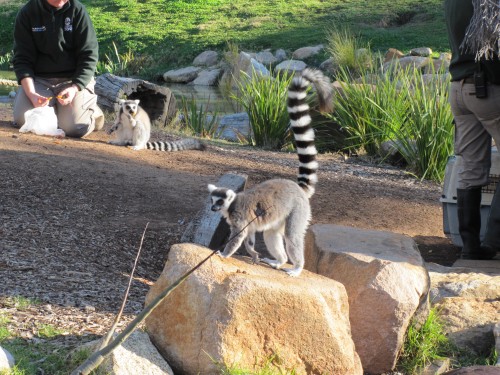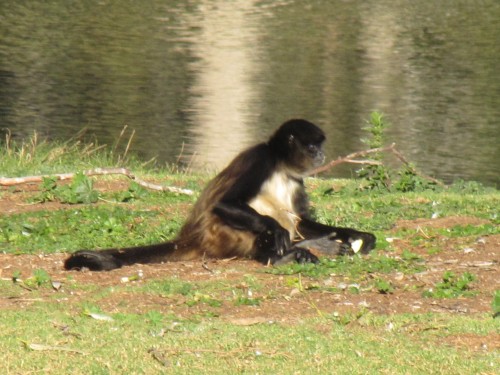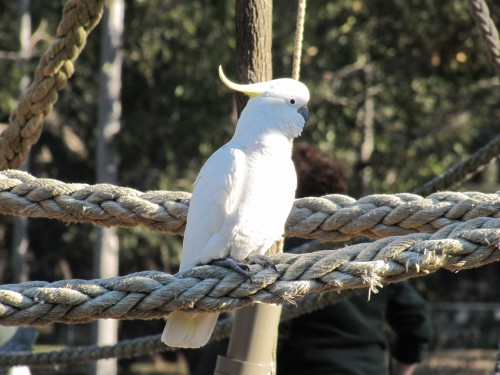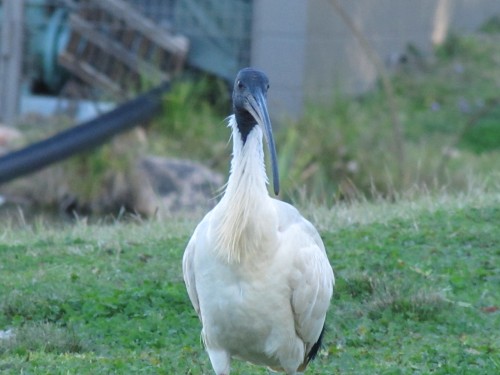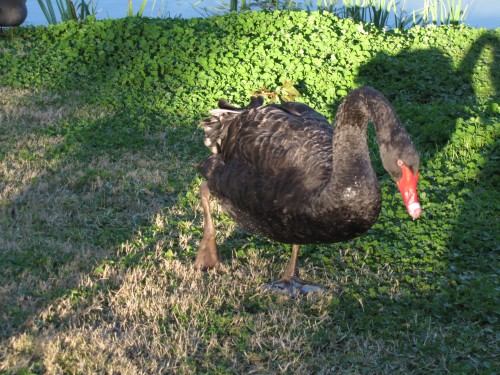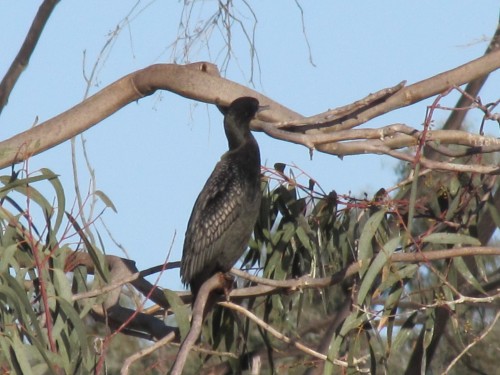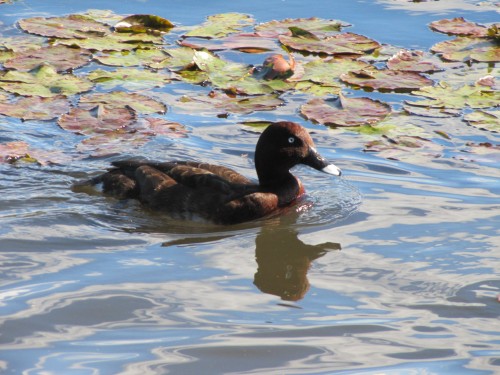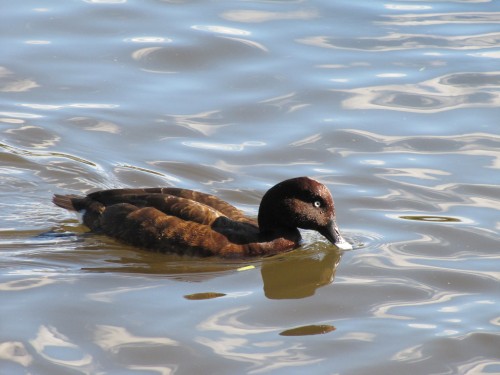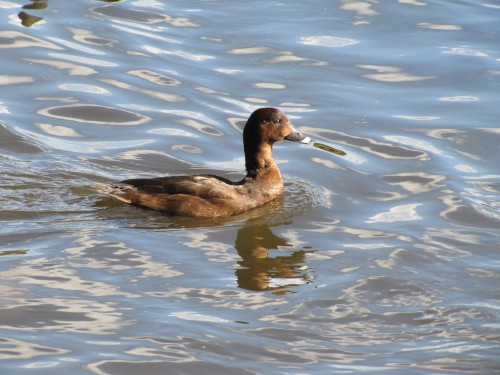Mallard ducks, Victoria Park, Peterborough
A few days ago I wrote about a recent visit to Peterborough in the mid-north of South Australia. During that visit I spent a short time birding in the Victoria Park, a delightful spot next to the local swimming pool and caravan park. Because of the artificial lake and trees planted in the park there is usually a good range of local birds, including a few water birds in and around the lake.
Included in this range of birds are a few introduced species, notably and large flock of Mallard ducks. I have shown several in today’s photos. In the photo below is a completely white duck, species unknown. If any of my readers can enlighten me I will label it correctly. It is obviously an introduced species, one of many ducks kept in captivity here in Australia. The closest I can come to a name is Pekin Duck. Any ideas, please?
Victoria Park, Peterborough
A few weeks ago we went on a short holiday to Peterborough in mid-north of South Australia. We were visiting relatives. Normally I try to get out into the surrounding countryside to do some birding, but on this occasion it was bitterly cold, overcast and not at all inviting outdoors. It was so much more inviting to stay by the fireplace with a good book, and the obligatory hot drink. This changed on the last day of our visit. The sun finally emerged – but it was still very cold. I braved the elements any way.
The only spot I went to was Victoria Park, an artificial lake and grassed area next to the local caravan park and swimming pool – I have included a photo below. The area has been planted up with a variety of native trees and shrubs and so it attracts quite a few of our native birds, including a variety of water birds. On this occasion I was pleased to see about 80 Black-tailed Native-hens feeding on the lawned area around the small lake. They allowed me to take a few photos of them from the car but became a little skittish when I emerged to get closer shots.
On a few occasions I have also seen Apostlebirds here, but not on this occasion. This is one species which is not common anywhere in South Australia. Peterborough township is one of just a handful of places where it can be reliably seen in this state. It is quite common in New South Wales and parts of Victoria, however.
Because it was so cold I didn’t see or hear many other birds, but some I did record include:
- Pacific Black Duck
- Mallard
- Australian Wood Duck
- Weebill
- Magpie Lark
- Crested Pigeon
- Red wattlebird
- Little Raven
- Australian Magpie
Further reading:
An elegant White-faced heron
Last night I was looking through some of my photos from a few years ago. I am not sure if I ever used the above photo of a White-faced heron taken at Victor Harbor on the south coast of South Australia, but it caught my eye as I scanned the photos taken on that day. (Mmmm… yes I did use it here.)
What an elegant looking bird.
Sometimes the birds we see, and photograph, almost look as if they are deliberately posing for the shot. I like that.
This also proves that even our most common birds can make wonderful subjects for our cameras.
Good birding.
Further reading:
Birds and animals – Western Plains Zoo
After leaving Sydney and our family with some sense of sadness – the grandchildren wanted us to stay – we travelled to Dubbo. As we entered the rural city we unfortunately had a little bingle in our near new car. Trying to negotiate a round-about I side-swiped another car. I must admit I was at fault; I was in the wrong lane. Happily no-one was hurt, just a little shaken, and both cars were still drivable. I exchanged details with the other driver for insurance claims and we were on our way again 20 minutes later. (Postscript: back home some weeks later the car looks like new again. Our local repairer did a great job.)
By the time we had settled into our cabin in the caravan park it was dark, so any bird watching in the area had to wait. We had a delightful dinner with cousins of my wife that evening, and next morning we gathered at the local crematorium for the funeral of a cousin. While it was a sad occasion, we were pleased to be able to catch up with so many of the family. After lunch together we had a few hours of daylight left, so we drove the short distance to the Western Plains Zoo on the southern edge of Dubbo. This zoo was set up many years ago as an adjunct of Taronga Zoo in Sydney. We had long desired to visit but this was our first opportunity.
We didn’t enter the zoo proper – just the picnic area near the entrance. There is no charge to visit this lawned area. The extensive picnic grounds look over an artificial lake (see top photo above). There are two islands in the lake, each one home to some animals. The closest caters for a family of Ring-tailed Lemurs (see photo above) while the other is home to a group of Black-handed Spider-monkeys (see photo below).
It was feeding time for the monkeys and lemurs, so we sat there in the calm, balmy evening light watching the animals on the islands. As we watched I was able to get a few photos of some of the local bird life, including the Sulphur-crested cockatoo (see photo below) who was obviously a regular visitor to the islands to benefit from any food scraps the animals might overlook. The ropes in the photo are actually there for the entertainment of the lemurs. They also make good perches for a cockatoo.
Just below the cockatoo was a Purple Swamphen, also on the lookout for a free handout. These two birds are wild birds which have come in to the zoo grounds because there is abundant food for the taking. Both probably also check out the picnic grounds for food scraps left behind by people visiting.
The Australian White Ibis (see below) is another species which takes over picnic grounds in search of an easy meal. This individual was alone at the time, but when the zoo is crowded it is probably joined by many more. On our visit the next day we saw large numbers of this species, some of them nesting in the grounds of the zoo (I will show photos of this on another post soon).
In some parks in many places in Australia, the White Ibis has become a serious pest species, harassing people having a quiet picnic by snatching food from them, even to the point of jumping on to a picnic table loaded with human food. Being 65 – 75cm (about 2 feet) in height they can be very intimidating to young children, especially if the children are walking around with food – an ice-cream for example.
Another bird which can be intimidating is the Black Swan (see photo below). This was the only individual we saw that evening, but it came towards where we were sitting in a very determined manner, then waddled up the bank and right up to about a metre from us. When we produced no food it started grazing on the abundant grass all around us. This is another species which is a pest in some parks and picnic grounds. Their beaks can give a nasty bite and their wings, if used, can give some unsuspecting person an nasty whack.
Don’t feed the birds
I’ve written on this topic many times before, but it is worth saying it again, just to educate new visitors to this site. PLEASE DO NOT FEED OUR NATIVE AUSTRALIAN BIRDS. Human food is actually dangerous and even deadly to many of our birds. Added to that risk is what is happening with birds like ducks, ibises and swans: they look to people for free handouts and very quickly become major pests.
If you want to encourage Australian native birds into your life – and into your garden – provide 3 or 4 or more bird baths for them. Plant Australian native plants so they have their natural food, places to shelter and sites for their nests. Read more about this topic here and here.
Of course there are many birds which do not bother people and just get on with their lives. One such species is the Great Cormorant shown below. It is just having a break from searching the lake for fish, frogs and tadpoles.
So this was our first taste of the zoo. We returned the next day for a whole day visit. Photos of the birds we saw – and a few animals too – in the coming days.
Stayed tuned.
White-eyed Duck or Hardhead
There are two commonly accepted common names for this duck: Hardhead and White-eyed duck.
The second name is self explanatory and most appropriate. It always helps in the process of identification.
The name “Hardhead” is also commonly used, but its origins are far from obvious. The initial use of this name seems to come from the early days of settlement in Australia. According to one reference book (see below) it was the name given by early shooters. “While there is no evidence that its skull is particularly solid Frith (1967) commented that ‘owing to a very dense plumage and apparently great stamina, [it] is hard to kill.’ It presumably arose spontaneously” because it was already in use in 1898.
The photos on this post were taken of several ducks on one of the ponds in Centennial Park, Sydney, earlier this year. The last photo is of a female; note the lack of a white eye.
References:
Fraser, I and Gray, J 2013: Australian Bird names: a complete guide. CSIRO Publishing, Collingwood, Victoria.
Frith H J, 1967, Waterfowl in Australia. Angus and Robertson, Sydney.
